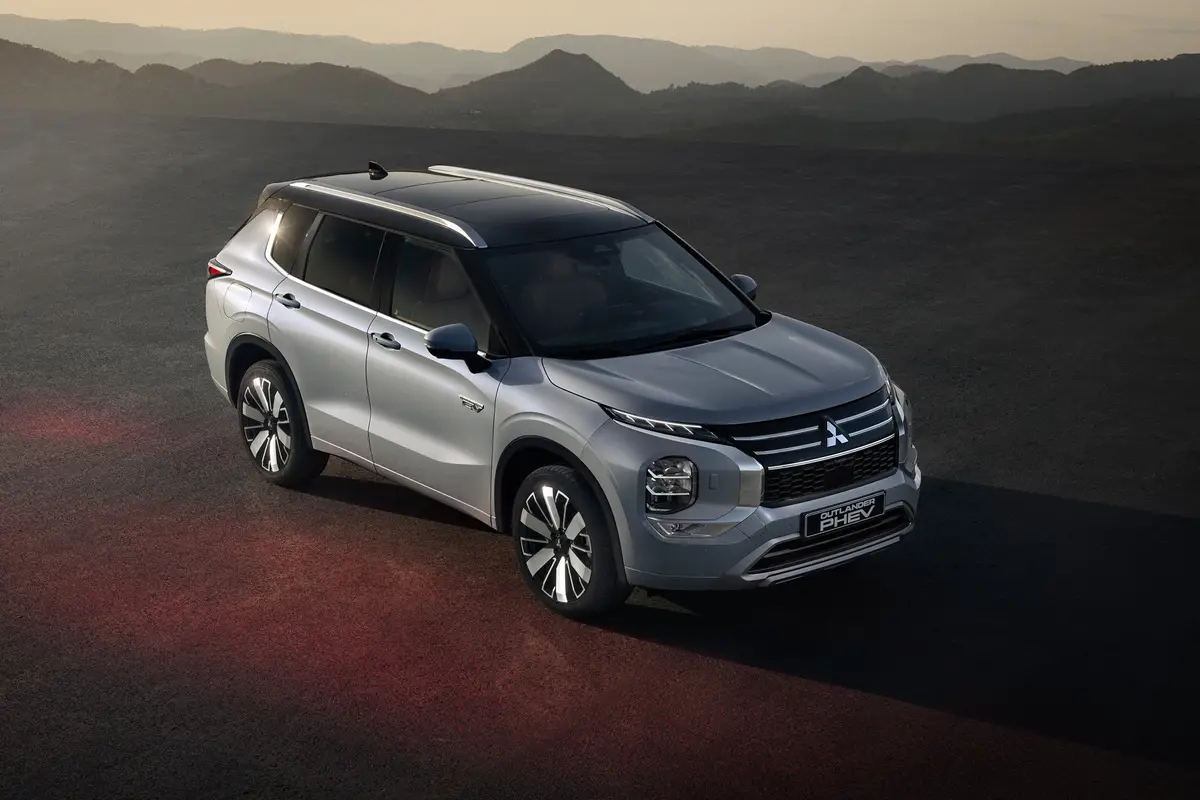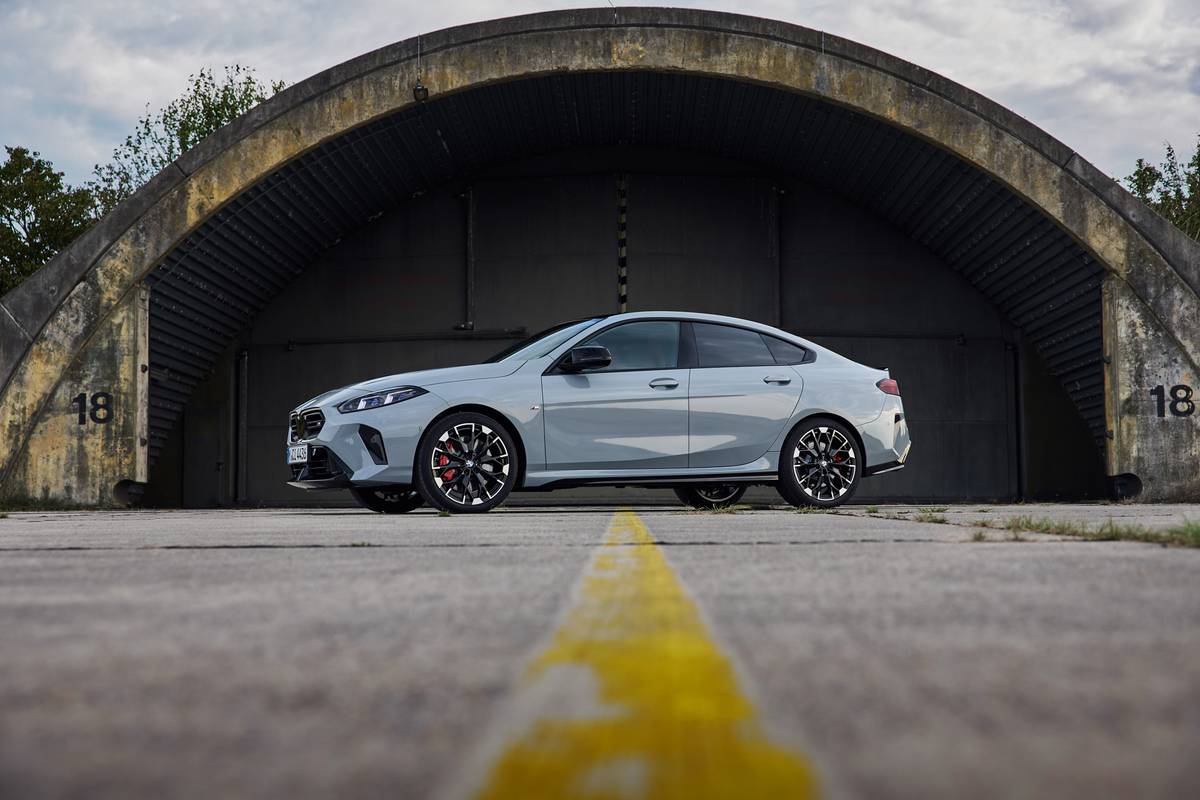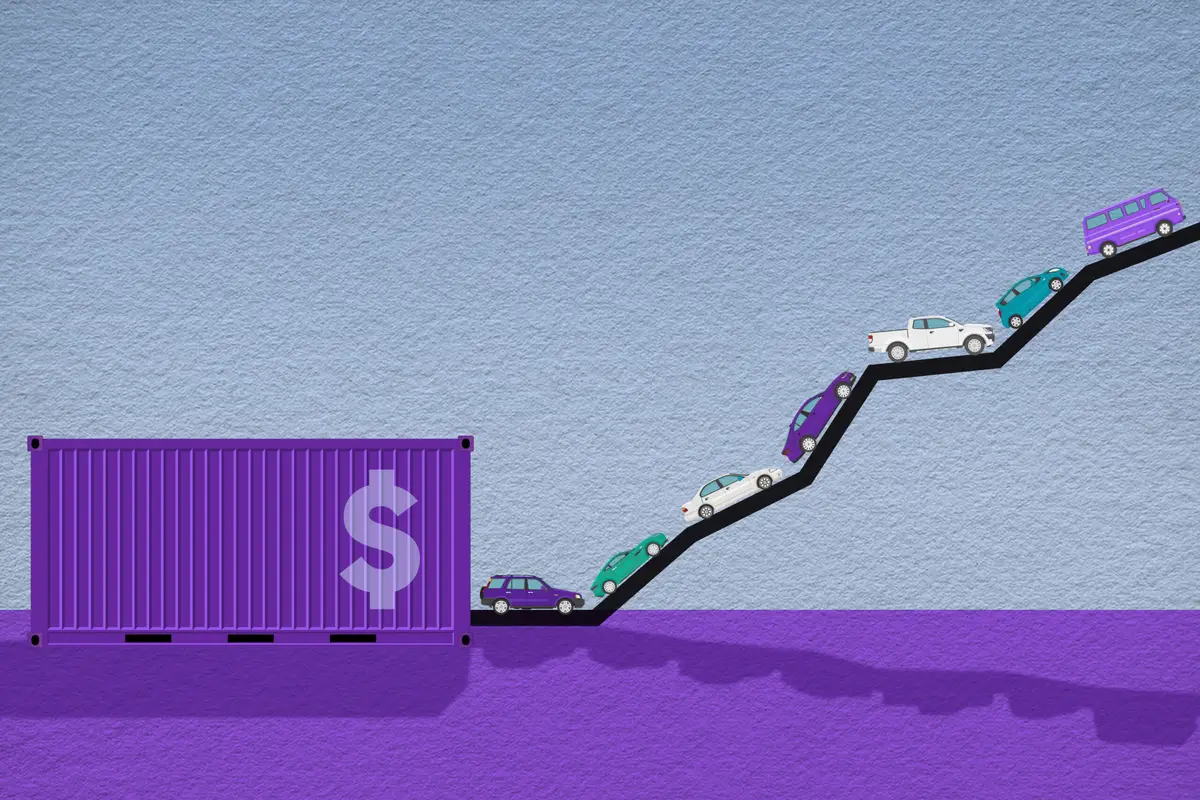The Morning Call and Mcall.com's view
The Mazda RX-7 has been an unusual sports car ever since it was introduced in the spring of 1978. It was then and still remains the only rotary engine powered production car in the world. Even though a few of the other sports cars have been introduced since that time and the price of everything has gone up, the RX-7 still represents a good value for the money.
For the 1986 model year (rapidly running out) Mazda turned the RX-7 into an even better looking and better performing car and without jacking up the price. In other words, it is still unusual, competitive, good looking and a lot of fun.
The most apparent change in the new RX-7 is its styling. The old design was clean, functional, attractive and still looked up to date even in its last year. The new look still has some of the old RX-7 in it, but is taken a little beyond. (The original RX-7 bore a strong resemblance to a Porsche, which I’m sure was not just coincidental. The new one even looks more like a Porsche.) One advantage of the new design, is that Mazda can now offer it in a 2-plus-2 model in addition to the original two-seater version.
Some of the most attractive styling touches are the rounded nose, steeply raked windshield, double curved glass on the rear hatchback, full-surround doors and slight flaring in both rear and front fender openings. When everything is taken together the RX-7 has a drag coefficient of 0.31, one of the lowest in a production automobile, and with the optional aero package (including rear spoiler) that number drops to 0.29.
Although I do have a great appreciation for attractive automotive styling, and the RX-7 certainly has a lot of that, it really wasn’t all that apparent in the test car; a vehicle that had to be the most conspicuous vehicle I ever tested. The test car was one of 23 prepared for the Mazda InterAmerican Challenge – a special race involving some of the big names in various forms of auto racing in North and South America – and as such came complete with numbers, decals, stripes, large lettering in all open spaces, a roll-bar, fire extinguisher and five-point seat-belt harness.
A neat vehicle for the race track but somewhat of an overstatement for the streets. It was a car that attracted everyone’s attention, including the attention of those I wasn’t particularly interested in attracting, such as the police; who, as a group, show little humor towards any vehicle that looks like it is up to no good. Fortunately I encountered very few law enforcement officers during the course of the test. One reason, perhaps, is that I stuck to the back roads as much as possible. The kids loved it and the car could have been sold a dozen times to the enthusiastic youth and young at heart who made offers (including my 18-year-old son).
The test car, however conspicuous as it was, is essentially a stock RX-7 and all that could be said about it could apply to any RX-7 bought on the showroom floor. It was a dandy little sports car that did everything that Mazda claimed it could.
Performance has been increased this year by an increase in power in the engine, a ”13B” rotary. The engine now develops 146 horsepower at 6,500 rpm and 138 foot pounds torque at 3,500 rpm, increases of about 45 percent and 29 percent (horsepower and torque) over last year’s ”12A” rotary, and 8 percent and 4 percent over the 1985 13B. Quite an increase considering that last year’s 13B had been souped-up too. Rather interesting is the fact that power was not increased by increasing engine size. The twin rotor 13B is still the same 80 cubic inches. (I’ve never been convinced that a rotary engine can be measured the same as a reciprocating engine but I must admit that in size alone, the rotary is much smaller.
Right about now I guess I should explain something about a rotary engine, a subject I have discussed numerous times in the past. A rotar engine differs than a piston engine in that, firs t, it has no pistons, and it has fewer parts. Basically, it consists of a triangular-shaped rotor that spins within an oval-shaped combustion chamber. A spark plug fires the charge, let into the combustion chamber by a port valve arrangement, and it just keeps spinning over and humming away.
Mazda’s claim that the basic advantages of its rotary engine over reciprocating engines is a tremendous power-to-displacement ratio, smaller size, lighter weight, fewer moving parts, lower vibration and quieter running. I won’t argue with any of these points. Right about now someone should be asking, ”If rotary engines are so great why don’t all cars have them?” Good question and something we will discuss at a later date.
Returning to the present, the test car had very good performance. On a closed track, 0-60 took a little more than eight seconds and the quarter mile could be run in a little under 16. Helping out the rotary is a new, stronger, five-speed manual that is as smooth as silk. (This is the standard transmission, a four-speed automatic is an option.) Fuel mileage on the test car came to 14 mpg city and 23 mpg highway. Not bad, not great. Unleaded regular can be used; another advantage of the rotary design.
To handle the power, the RX-7 has a sophisticated suspension system. Up front are modified MacPherson struts with forged aluminum A-shaped lower arms and double construction bushings, while the rear features Mazda’s patented ”Dynamic Tracking Suspension System.” This design includes a trailing arm mounted to a crossmember, with the wheel attached to the arm through ”Triaxial Floating Hub,” yet another Mazda patent. In essence, the rear wheels become an active component of the steering system changing, according to Mazda, from desirable toe-out during low lateral force cornering to tow-in for extra rear stability during high lateral acceleration cornering situations. Sounds a bit heavy but it all really works.
The test car was a standard RX-7 and had a base price of $13,595. Equipment included: dual door mirrors, intermittent wipers, rear window defroster, highback bucket seats, quartz digital clock, AM/FM ETR with four speakers, front air dam skirt and a number of convenience and trim items. The one option was the sport package ($1,500) that included sport tune suspension, 205/60 VR15 tires, 15-inch aluminum wheels, four wheel disc brakes and the Aero Package. Full price including an inland freight charge of $225 came to $15,310.
Latest news



